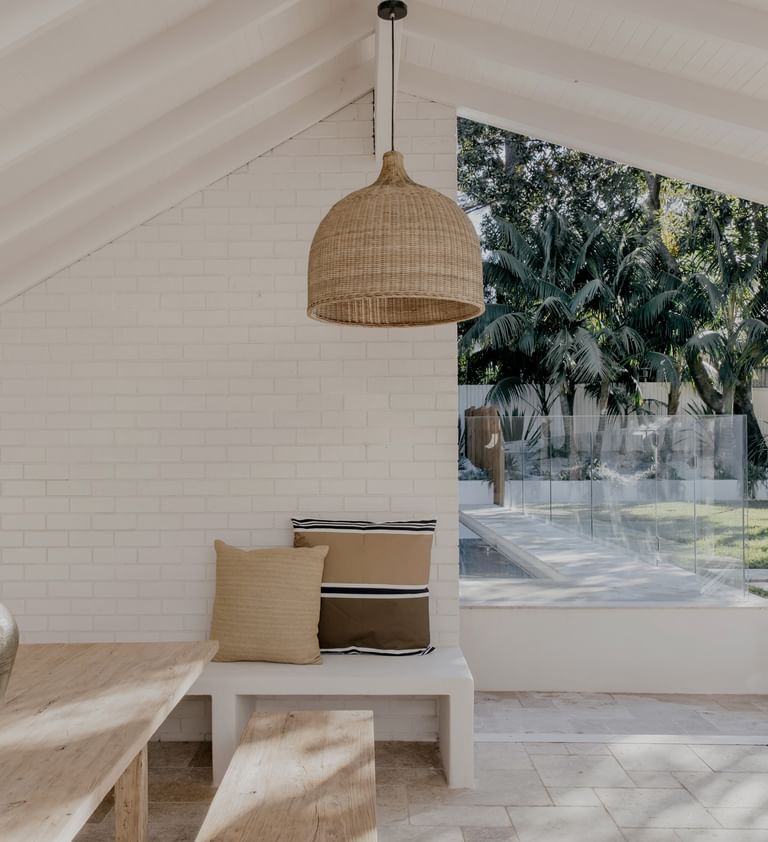The national monthly growth rate of 0.3 per cent for both houses and units in March represents a consistent pace of growth compared to February's 0.2 per cent, suggesting market momentum is being maintained rather than accelerating dramatically following the interest rate cut. For houses, the annual growth rate of 5.6 per cent shows a very slight decline from January's 5.8 per cent figure, while the unit market's annual growth of 4.9 per cent is marginally down from January's 5.0 per cent. These minor fluctuations suggest the market is in a sustained growth pattern.
While the February interest rate cut has contributed to market dynamics, it represents just one of several key factors driving the continued price growth. The market recovery actually began in January, before the rate cut was implemented, indicating that structural factors were already exerting significant influence, as well as home buyers pricing in the rate cut before it was implemented.
The persistent undersupply of housing remains the most fundamental driver of price growth. The rate cut provides additional support by enhancing buyer borrowing capacity and reducing mortgage payments for existing homeowners, but the moderate increase in monthly growth from February to March likely reflects the combined effect of all these factors rather than monetary policy alone.
Perth continues to lead the major capitals with remarkable annual growth of 14.2 per cent for houses and 15.4 per cent for units, though showing a slight moderation from January's 16.7 per cent pace. Brisbane and Adelaide maintain their strong positions with houses in these cities seeing annual growth of 8.6 per cent and 8.8 per cent respectively, while their unit markets posted even stronger performances at 10.9 per cent and 11.3 per cent.
Sydney has shown marginal improvement, with annual house price growth of 3.5 per cent compared to 3.1 per cent in January. Melbourne remains the most subdued capital with just 0.6 per cent house price growth over the year, though this represents a small improvement from January's 0.1 per cent.
Regional areas continue to show strength, particularly in Western Australia and South Australia, where regional house prices have surged by 12.9 per cent and 11.0 per cent respectively over the past year. This continues the pattern of stronger performance in western states compared to the eastern seaboard.
The resilience of Australia's housing market, particularly in the face of varying economic conditions, underscores how structural factors continue to dominate price movements. Even if further interest rate cuts occur later in the year, these would likely play a secondary role to the fundamental supply-demand imbalance.
Rising economic troubles in the United States and higher levels of global protectionism are introducing new variables to Australia's economic outlook. However, the housing market has demonstrated remarkable resilience to external shocks, primarily due to the buffer provided by structural undersupply.
For those hoping for more affordable housing, the outlook remains challenging. The data suggests that traditional cycles of significant ups and downs are being replaced by sustained long-term price growth, with monetary policy changes like the February rate cut providing only temporary modifications to this underlying trajectory.














